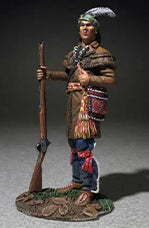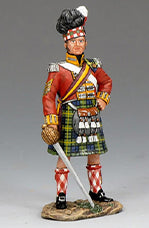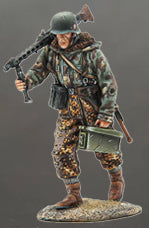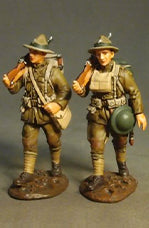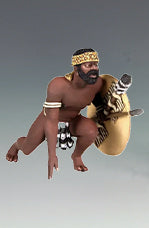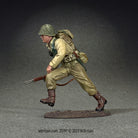25197 - U.S. Infantryman Running, No.2, 1943-45
Couldn't load pickup availability
U.S. Infantryman Running, No.2, 1943-45
The close-quarter fighting that took place in ruined cities of World War II was possibly the most harrowing any soldier would experience. Though not a new development in the annals of war, street-to-street fighting in the rubble of a bombed-out European town was made even more perilous by two mitigating factors: modern weaponry and old buildings. Rapid-fire small arms could lay down a fusillade that would easily pin down any enemy movement through a physically restricted area, i.e. rubble. Town structures were often solidly constructed of thick, ancient stone and dense brick making each building a small fortress, impervious to reciprocal small arms attack. This meant you moved quick or you might not ever move again.
1/30 scale
Matte Finish
1 piece set

